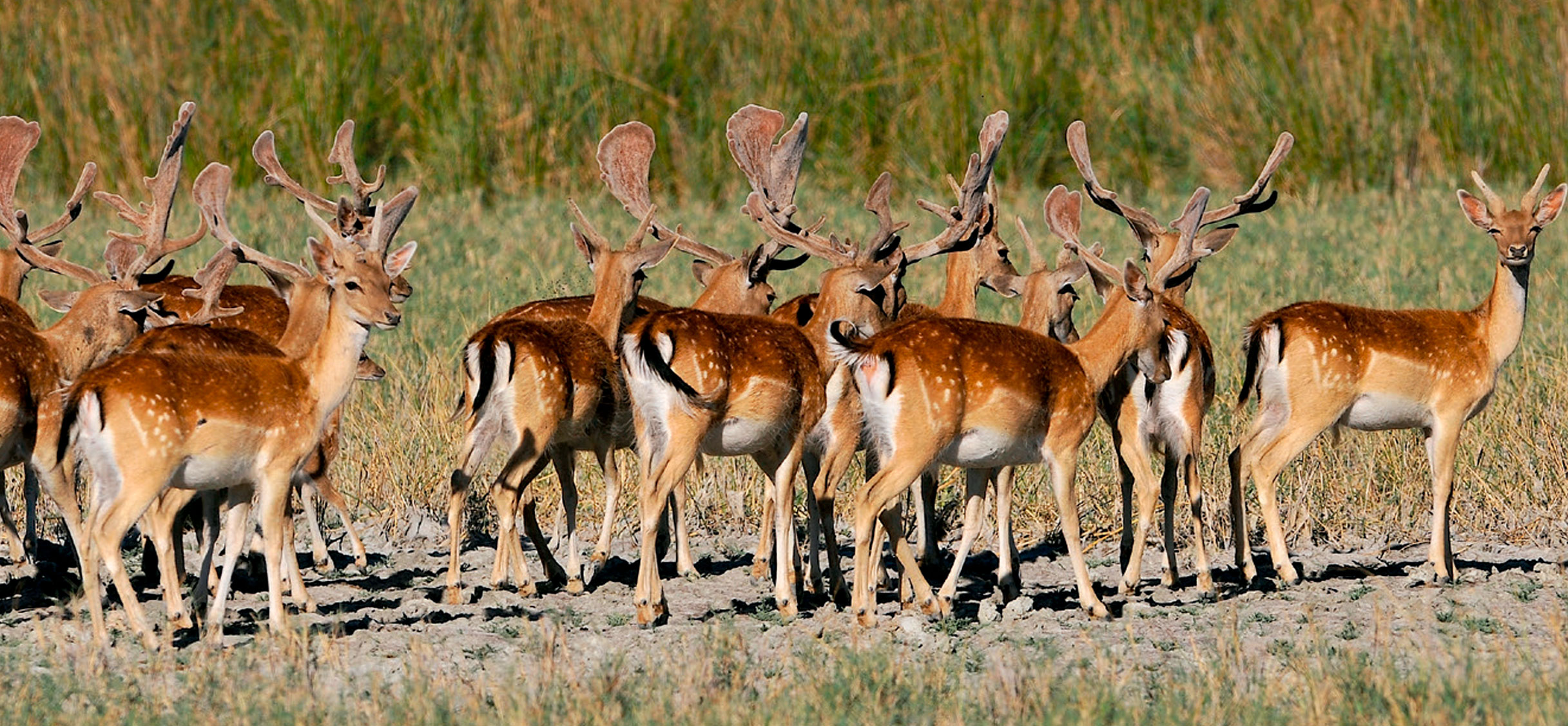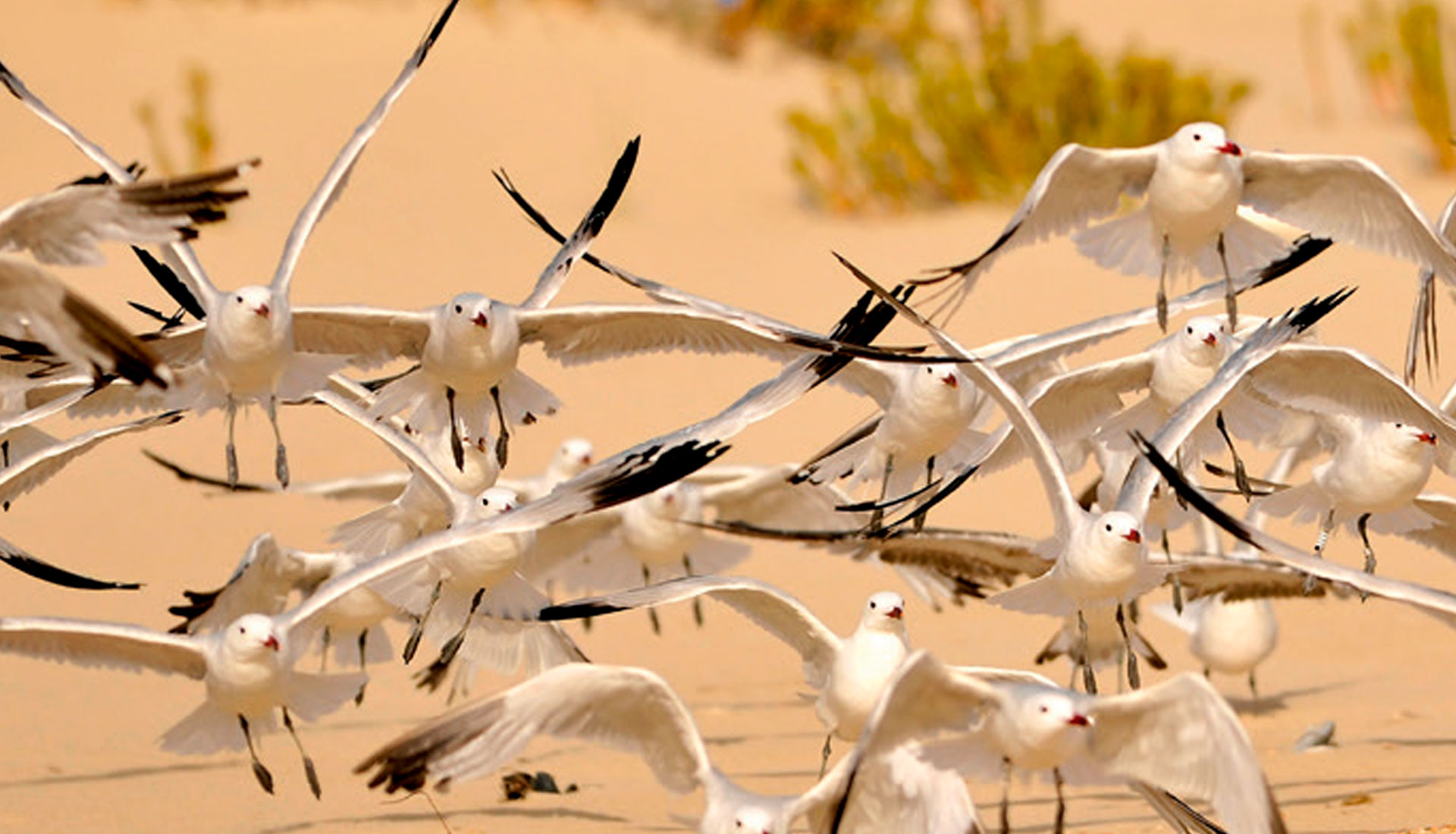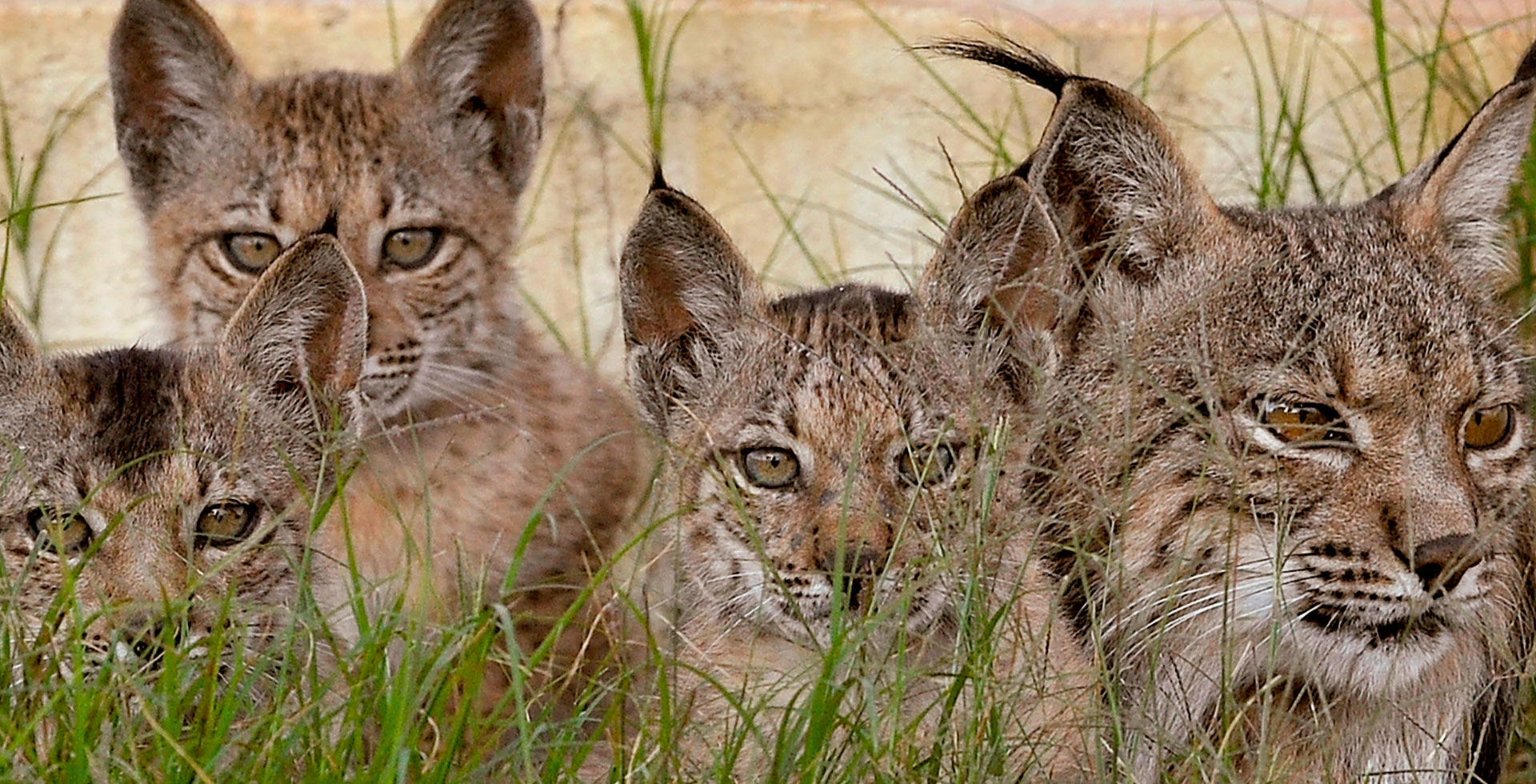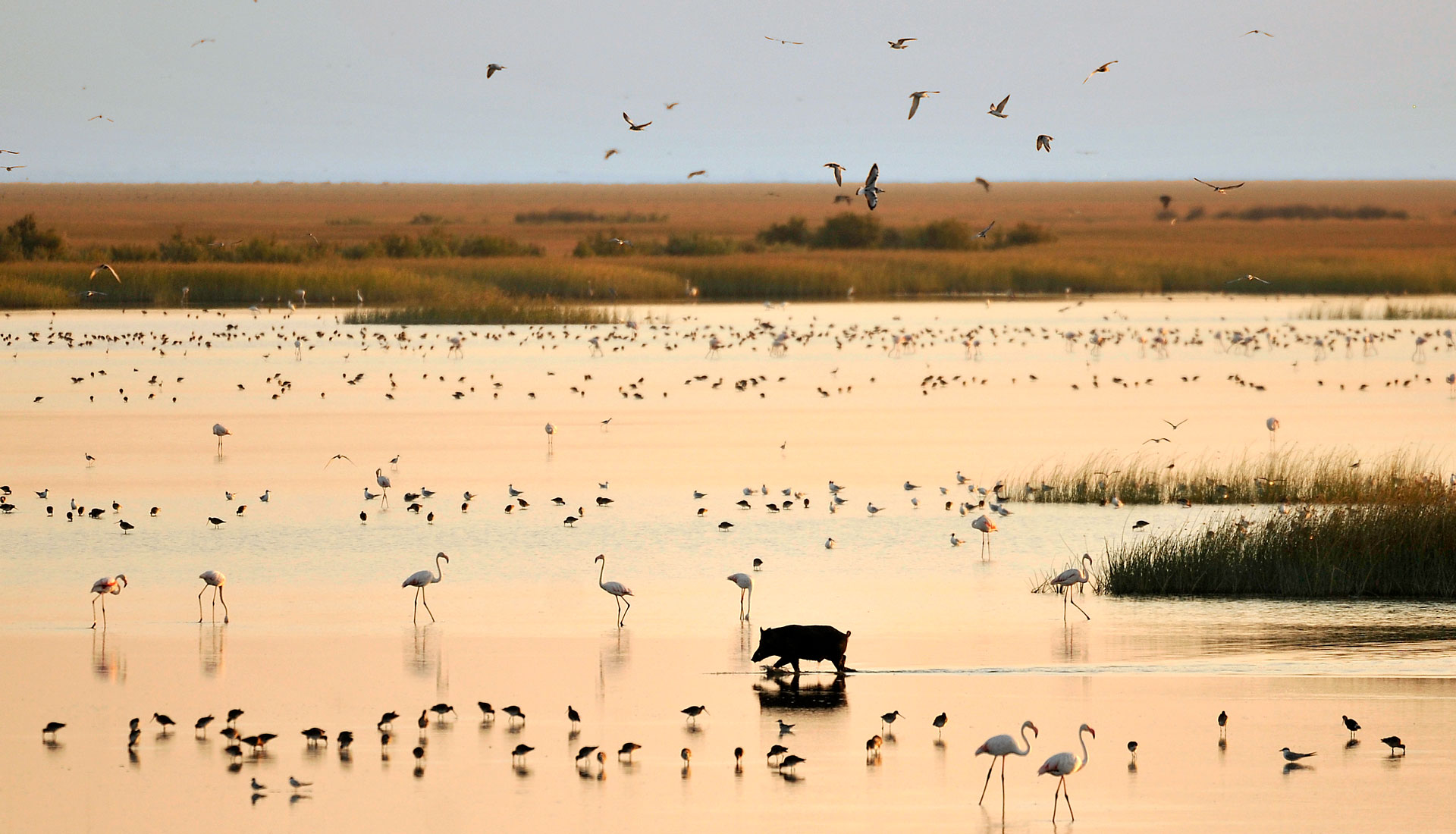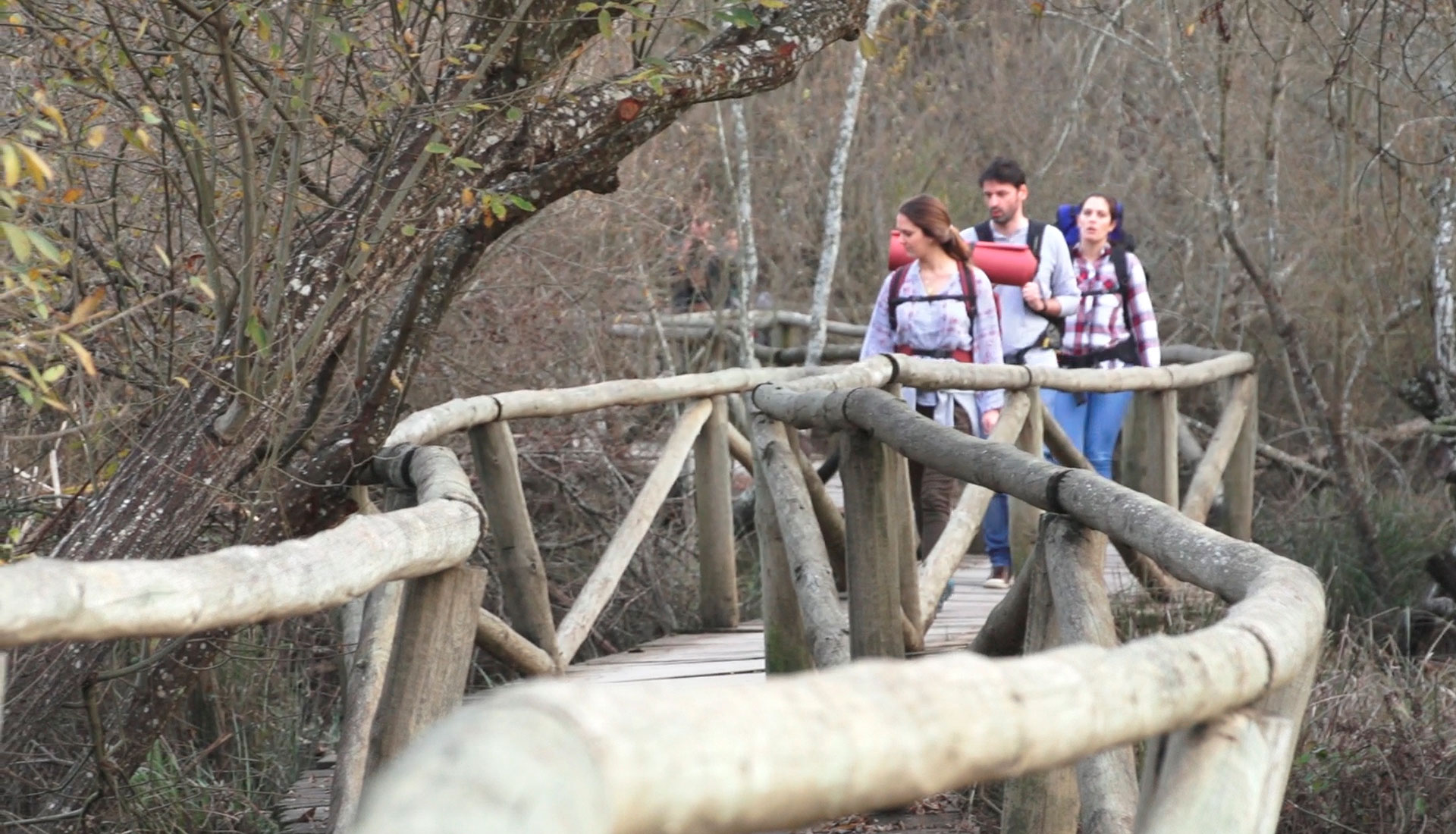Discover Doñana
Location
Situation
Area (km²)
Recognition
How to arrive
Land of Contrasts
A mosaic of different landscapes that is home to a wide variety of species of plants and animals. It’s vastness and strategic location converts this natural space into an important place where migratory birds come to rest in winter. Doñana stands out as one of the most important wetland areas in Europe.
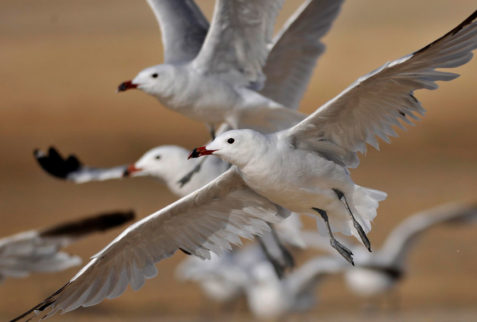
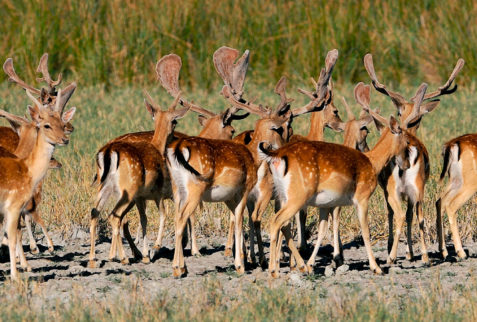
Since being declared a National Park in 1969, different recognitions have been given that manifest the international relevance of Doñana in important supranatural networks of extraordinary prestige: UNESCO Biosphere Reserve; Zone of Special Importance for Birds (ZEPA); Special Conservation Area (ZEC); Green List of the International Union for Conservation of Nature (IUCN); UNESCO World Heritage Site; along with a set of recognitions such as the European Charter for Sustainable Tourism (CETS) or the Council of Europe Diploma for Management and Conservation, which has been renewed every five years to date.
The Natural Doñana enclave, made up of the natural and national park of the same name, is a paradise for ornithology lovers. At the beginning of autumn and during the winter you can enjoy the presence of thousands of aquatic birds such as geese and ducks from northern Europe. In spring and summer, storks, herons and swallows, among other species, arrive from Africa in search of food and a milder climate.
The pine forests, riparian forests, cork oak meadows, patches of scrub, coastline and, above all, the wetlands (marshes, lagoons, streams and rivers) constitute very favorable environments for the development of very diverse bird communities. Doñana is home to extensive stone pine forests and dense Mediterranean scrub that provide a suitable habitat for the emblematic Iberian lynx and various species of raptors such as the Spanish Imperial Eagle.
Another point of interest in the space is found in the Asperillo fossil dune system that runs parallel to the coast. Already on the beach, you can see the impressive Asperillo Cliff, declared a Natural Monument for its uniqueness and beauty.
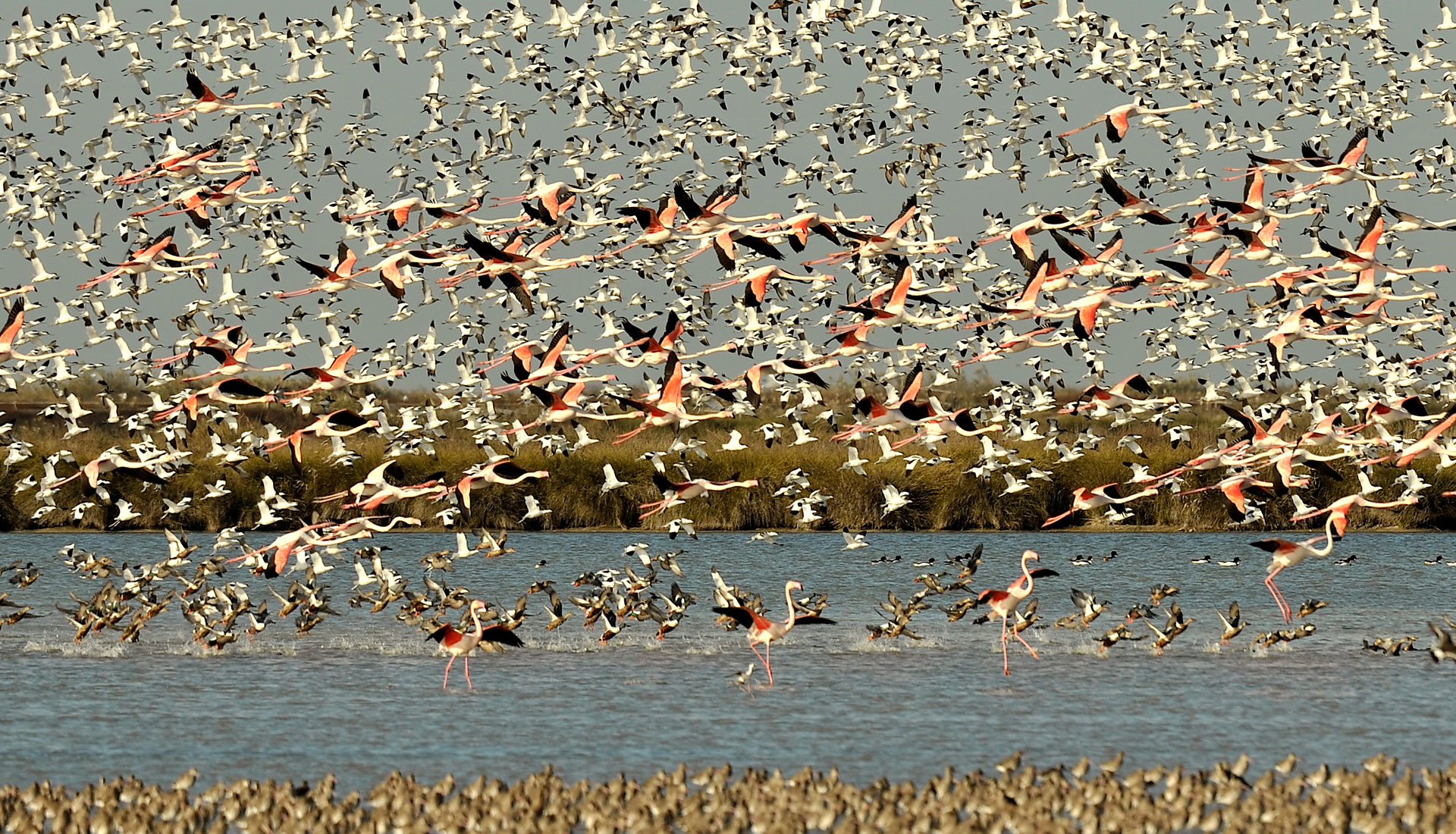
To the north and south of the natural space is another of the pieces that make up the unique puzzle that represents Doñana. These consist of the shallow waters of the Galician Marsh, the Lucio del Cangrejo (Crab Pike) and the Bonanza Marshes. Countless birds feed and breed there. Visitors can enjoy observing the horizontal vastness offered by this landscape, the birdlife that inhabits it and the spectacular flight of the flamingos.
These lands have been populated and modified by man throughout its history. Traditional uses such as beekeeping, pine harvesting or agriculture are still practiced. Although some professions such as charcoal making are being lost, it is possible to find some active ‘boliches’ (traditional mounds for coal making) in the park. The livestock tradition is conserved in a celebration every year in June called ‘The Saca de las Yeguas’, it takes part in the municipality of Almonte. The celebration consists of the native Marismeño breed of horse being transferred from the marsh along with their young to the town of Almonte. This tradition dates back more than 500 years.
The village of Rocío which is the destination of the popular Pilgrimage of Rocío, is an incomparable and completely unique balcony to this natural space.
Places of Interest


How can we get to know Doñana?
Live your own adventure
Through the three Visitor Centres Almonte has to offer. Touring the different trails and the cycle-tourist lanes. Visiting the recently inaugurated Lynx Observation Centre.
Carrying out guided tours with active tourism companies offers us an unforgettable perspective of this privileged space.






